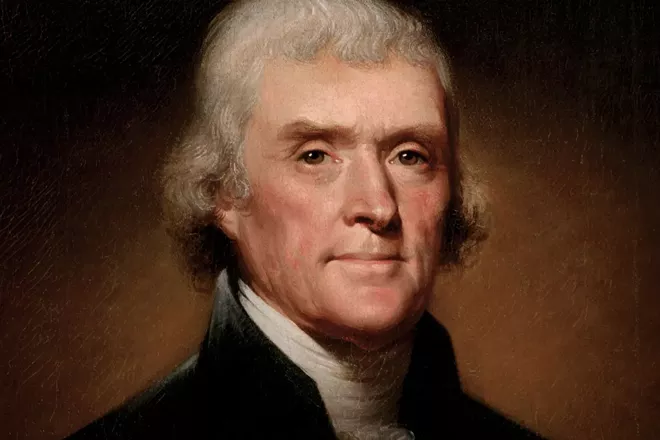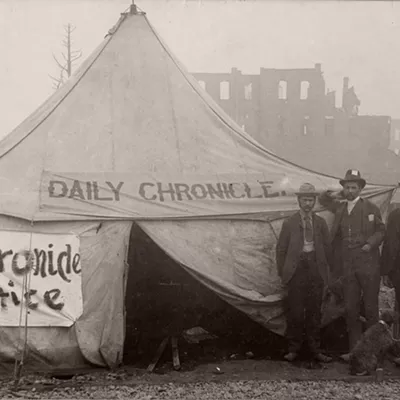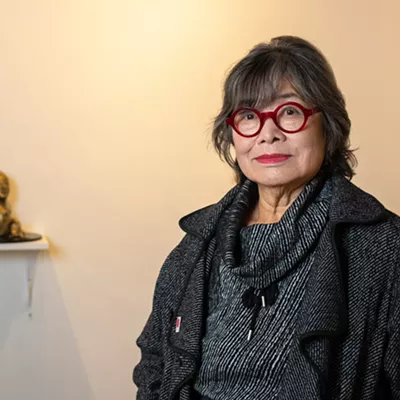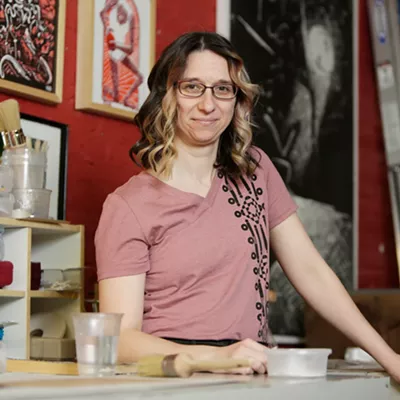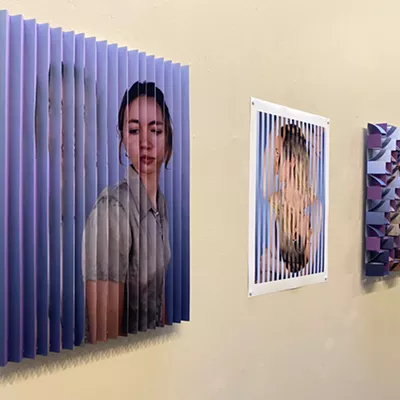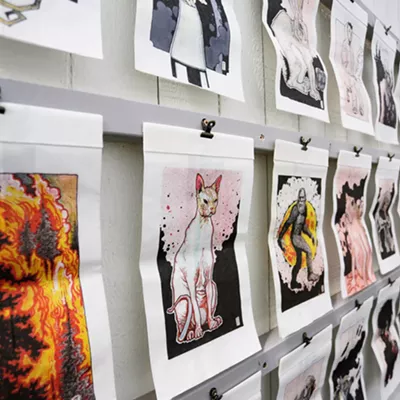Thomas Jefferson wrote the Declaration of Independence, doubled the nation's size through the Louisiana Purchase and served as third president of our fledgling democracy. Given that, pushback against calls to remove his likeness in public artworks should be a slam dunk, right?
Not so fast. Also true: Jefferson's workforce of around 600 were enslaved. He's generally acknowledged to have committed what today's judicial system would call child rape against enslaved Sally Hemings, with whom he fathered six children.
Pullman's Neill Public Library found itself mulling Jefferson's complicated legacy in December when four Pullman residents complained about its "Thomas Jefferson" painting, in the library's art collection since 1980. Three of the four complainants called for the painting's removal, citing its placement near the library's entrance and Jefferson's slaveholding.
Rather than marginalize the complainants, library director Joanna Bailey and the board of trustees did something we can all appreciate: They listened.
"It's not how many people have an opinion, it's that they have an opinion," Bailey says. "The process works if people feel heard."
At a Jan. 4 special meeting, 12 folks showed up to be heard, despite winter storm warnings, while another dozen attended virtually. Six more sent emails, including one by Pullman's former mayor that would have likely drawn Jefferson's admiration for its eloquent civil discourse.
If chief among the powers of art is its ability to inspire human thought, feeling and action, "Jefferson" the painting succeeded.
Social media discourse on the library's painting has been, predictably, not so civil, primarily fueled by commenters' personal politics and raw emotion.
"Emotions aren't unimportant," says North Idaho College's John Jensen, who teaches logic and critical thinking. "They can help us identify injustice and be more empathetic toward others."
The problem "is when we rely solely on emotions as support for our conclusions," says Jensen, who advises we pause, reflect and consider our biases or other obstacles to critical thinking.
Doing this helps ensure that all voices are heard and valued. The "Jefferson" debate might be more productive if all involved jettisoned beliefs that are not logically sustainable or that hinder shared goals like the pursuit of happiness and justice for all.
That's easier said than done, especially for people who feel their voice has not been heard. Or worse: that they've been silenced.
2020 saw the removal of more than 100 sculptures nationwide, including many of Thomas Jefferson. Regardless of the fate of the Pullman library's "Jefferson," its overseers have focused on policy, not politics. Should the painting be removed? Could it be removed?
Two very different questions, both requiring a reexamination of the library's policies. Would removing the painting open the door for removing books, for example? Would leaving it in place mean the library is the ultimate arbiter of whose voices in public spaces should be heard?
Like many organizations across the country, the Pullman library board ought to be revisiting its policies with a goal not to erase history, but to reframe it so everyone gets to be in the picture. ♦

